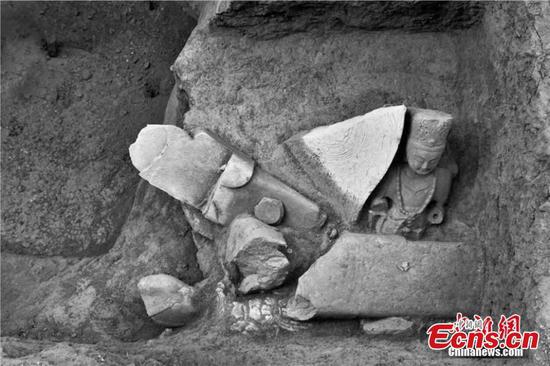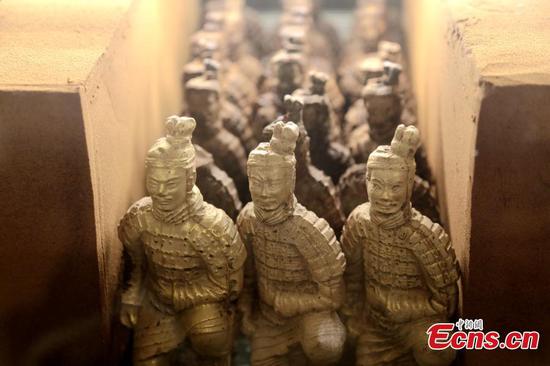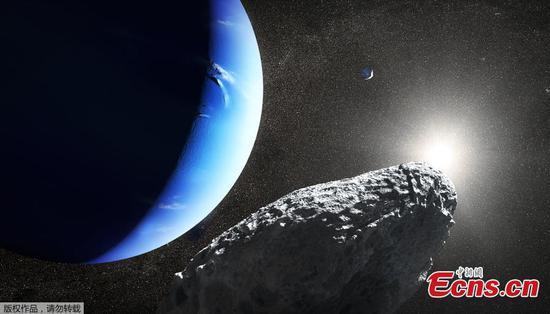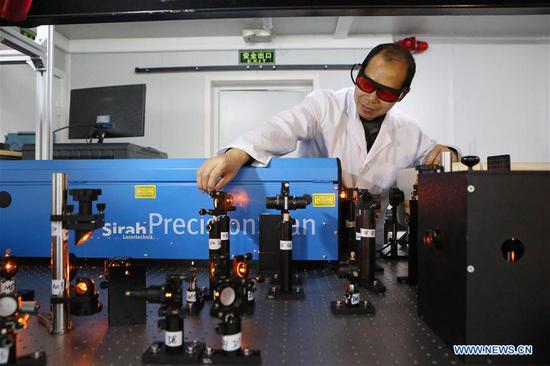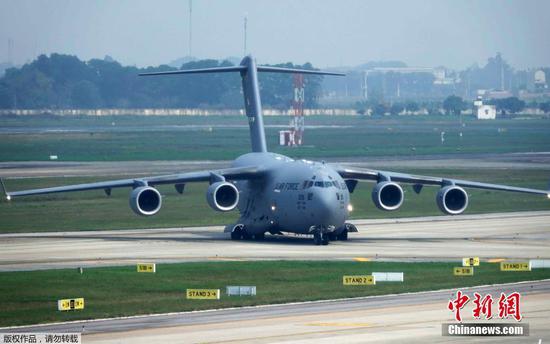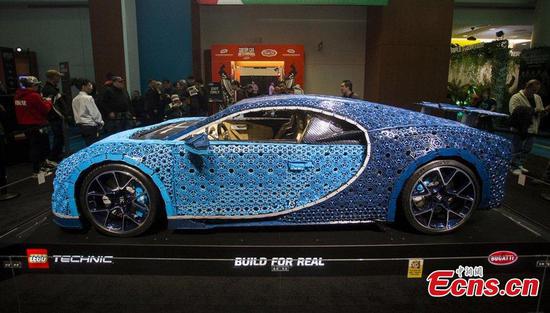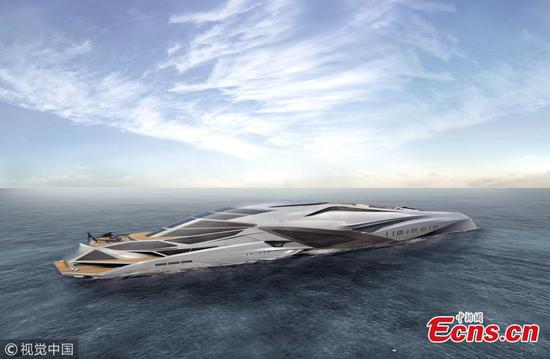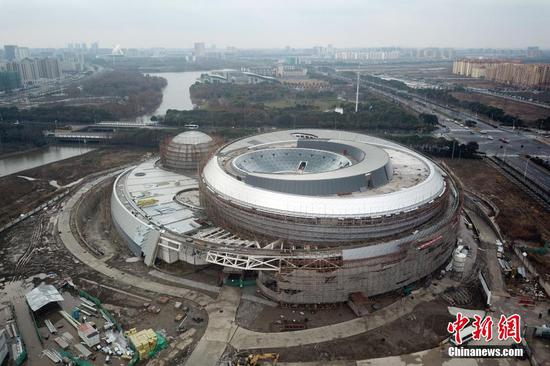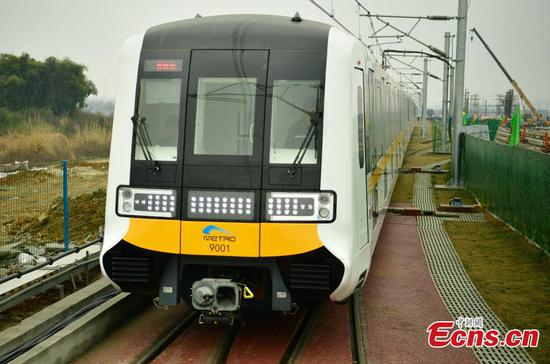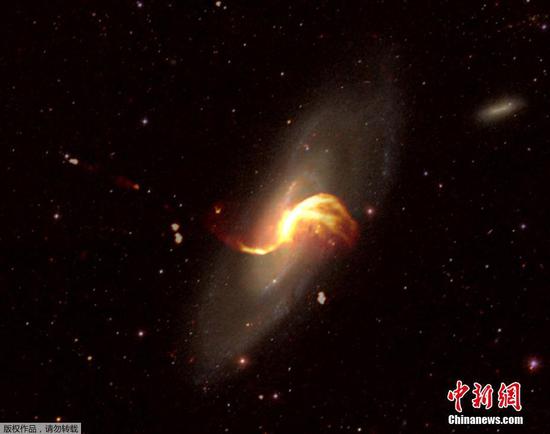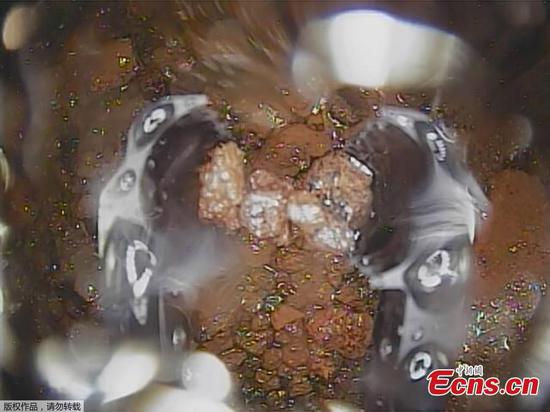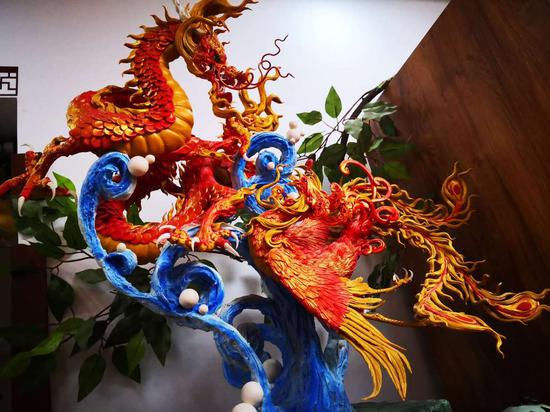Chinese scientists have developed an implantable nanogenerator that can be used to establish a precise drug delivery system for cancer therapy.
Chemotherapeutics is still the most basic and frequently used approach for cancer treatment. However, chemotherapy drugs also have an adverse influence on normal cells, resulting in severe side effects. Designing a drug delivery system featuring a controlled release of the drug for cancer therapy has become a hot research area.
Anti-tumor drugs can be loaded into biological drug carriers such as red blood cells. The red blood cells carrying the drugs will accumulate at the tumor sites and slowly release the drugs.
Electricity has been demonstrated to increase the response of the red blood cells which can be employed to control the drug release. However, it's challenging to deliver electricity to the tumors deep inside the body, because traditional electricity power suppliers have huge volumes.
Scientists from the Beijing Institute of Nanoenergy and Nanosystems under the Chinese Academy of Sciences (CAS) as well as the Institute of Process Engineering under the CAS have developed a triboelectric nanogenerator that can act as an electricity supplier for the drug delivery system.
It is 2.5 centimeters long, 2.5 centimeters wide and 0.5 centimeters high. It can be implanted underneath the skin and can generate enough electricity to control the release of the drug.
Tests on mice with tumors showed that the nanogenerator-controlled drug delivery system helps release drugs at the tumor sites and reduces the amount of drugs reaching the normal cells. It has significantly prolonged the survival life of mice and had less toxic side effects.
According to Feng Hongqing, one of the researchers, the controlled drug release system can be applied as a wearable or implantable medical device to effectively kill tumors with fewer side effects in the future.
"We are also trying to further reduce the size of the triboelectric nanogenerator to comply with the implantation requirements," Feng said.
The research was published in the journal Advanced Functional Materials.










